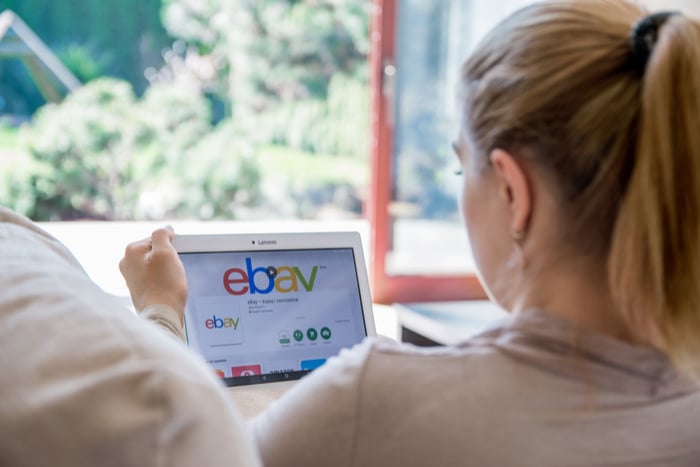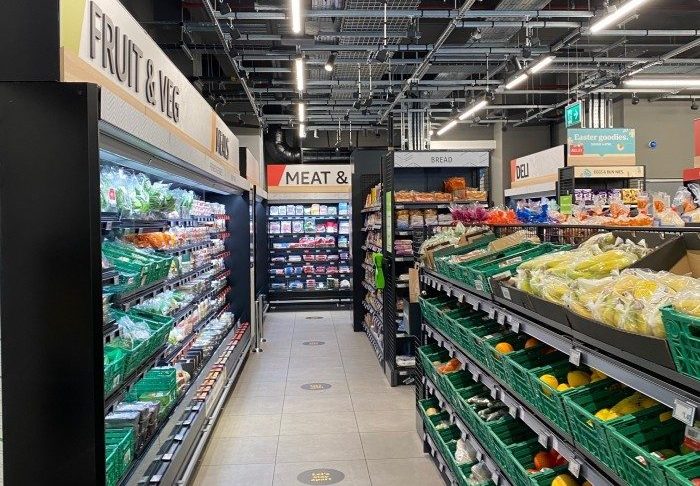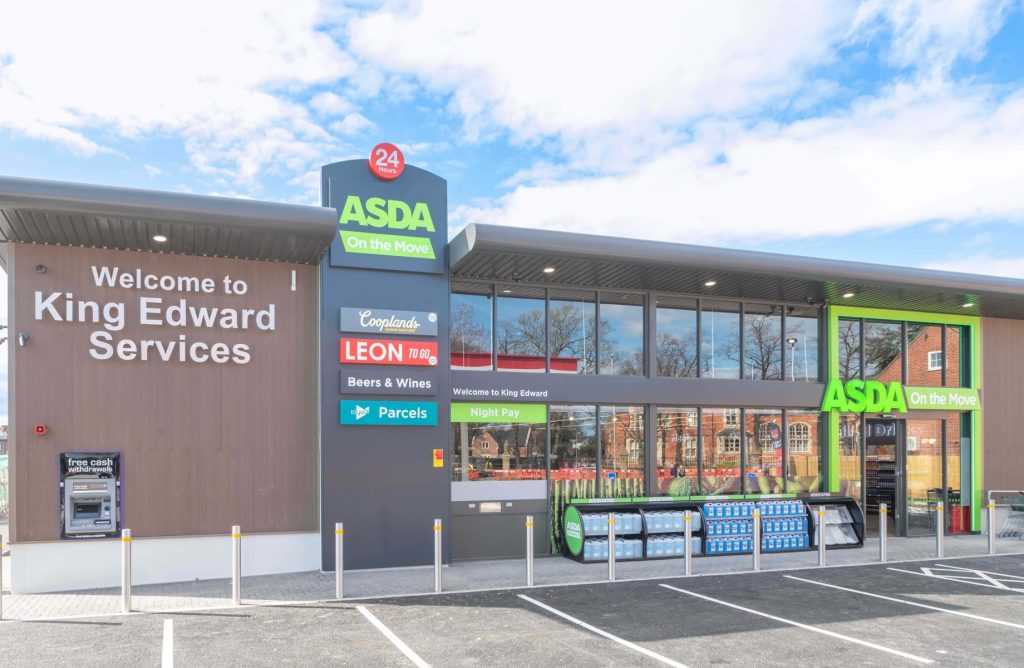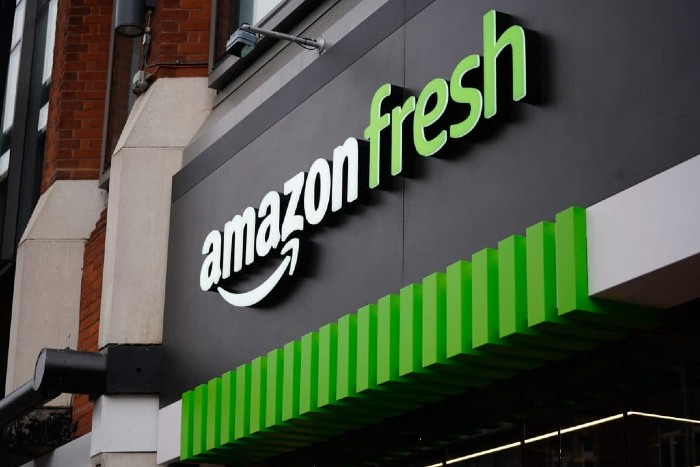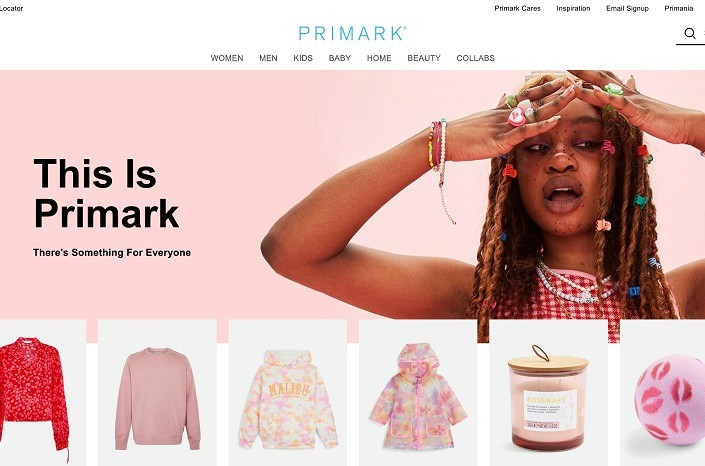The retail sector has changed almost beyond recognition since the start of the mobile revolution.
In fact, it is no exaggeration to say that mobile has now become the primary platform for shopping. Recent data from App Annie found that the first half of this year was the largest bi-annual growth period for global shopping apps, with over two billion downloaded across both iOS and Google Play combined.
Noticeably, it’s not traditional retailers that are most successful in the app stores – it’s marketplaces. The sector occupies three of the top 10 ranks for shopping apps in the UK by both demand (downloads) and engagement (monthly active users).
For downloads, eBay is at number three, Shpock number four and Gumtree at number seven. For monthly active users (MAU), eBay is at number two, Gumtree number five and Shpock at number six.
One of the reasons that marketplace apps have attracted such a sizable pool of users is that they leverage the inherent advantages of today’s smartphones. Namely, cameras to take photos of products, geolocation services to find buyers and sellers nearby, secure messaging to coordinate sales and easy access to check bids and monitor for new items.
Leading the way
Traditional retailers can learn from the success of marketplace apps. While the move to mobile was a logical progression, we were swift to morph our offerings.
Consumers now spend more time shopping on mobile than in-store or through desktop. Classifieds markets are growing so quickly on mobile because users can quickly find something in their vicinity faster than they could on a desktop due to the geolocation features in apps. Perfect for the “want-it-now” consumer of today.
Time is money
The average time spent on mobile is up to three hours on average a day (worldwide, iOS and Google Play combined). Given the majority of that time is spent in social apps, the competition for attention is fierce.
Having said that, time is money. Retailers must monitor just who the active consumers are and who may have become dormant. Two key measures we use are how often users come back and how much time they spend in the app. The number of new downloads is certainly a tool to measure the attractiveness of an app, but should always be seen in the context of the aforementioned KPIs. For a user who downloads an app, opens it and does not reuse it, it’s important to understand why.
Of course, one key difference between classified marketplace apps and high street shopping apps are the measurement of revenue from sales commissions and direct incomes (shopping apps) and in-app purchases to prominently feature or highlight your item (classifieds markets).
The customer comes first
One thing that remains true, though, is that the customer always comes first. The avenue you are using to communicate with the customer doesn’t change this.
A mobile app experience needs to be a fresh perspective on the customer experience, an evolution of the traditional web experience and, before that, the type of interaction that used to occur on the shop floor. It needs to be a combination of top quality design, industry best practice and cross-sector learnings you can integrate into your app to ensure maximum positive impact to your bottom line.
We have used insight and industry tools to ensure that the customer remains at the heart of our operations as we moved to mobile. It is always about understanding customer needs and actively addressing issues – without this, the user will move on to a competitor. We measure feedback through online surveys, the evaluation of customer queries to our support team, usability tests and App Annie’s ratings and reviews feature.
Achieving business goals
Marketplace apps continue to be top players in the mobile shopping arena. They offer an alternative to traditional e-commerce and rank among the largest retailers for downloads and monthly active users. Apps like eBay have become highly sophisticated platforms that leverage the benefits of mobile to successfully achieve their wider business goals.
Retailers should take note, especially as competition emerges from the new breed of mobile-savvy digital-first retailers entering the fray. It is important not to sit still but to continue to morph mobile offerings as technology progresses to ensure that you not only survive, but thrive.
How customers want to engage with their favourite brands is changing. For example, the likes of virtual and augmented reality in particular will likely play a bigger role in the next few years so make sure you don’t get left behind.
Ronny Wenske is a Customer Experience Epecialist at eBay Kleinanzeigen
Click here to sign up to Retail Gazette‘s free daily email newsletter

